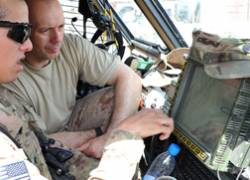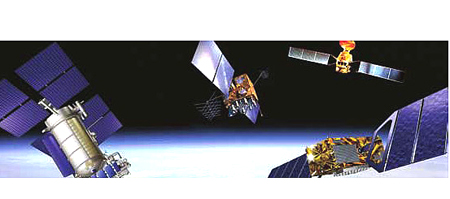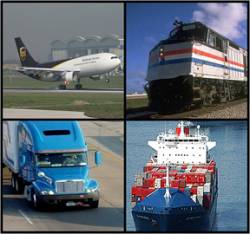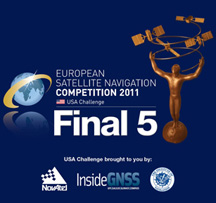NavX-NCS Essential: IFEN Begins Shipments of New Multi-GNSS Constellation Simulator
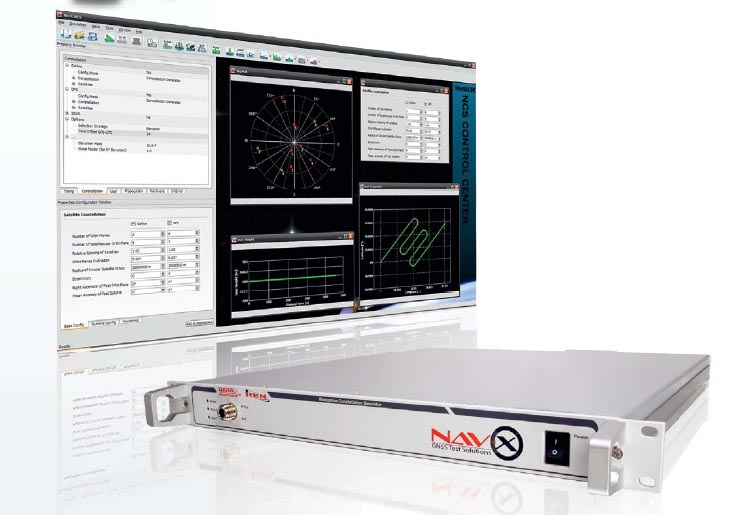
IFEN GmbH has begun shipping its new NavX-NCS Essential, a multi‐constellation and single‐frequency GNSS RF navigation constellation simulator mainly targeting consumer and automotive applications.
The new simulator was developed in cooperation with WORK Microwave GmbH, of Holzkirchen, Germany, a long-time partner of Poing, Germany– based IFEN.
By Inside GNSS


